Any vehicle or combination (e.g. tractor unit and trailer) transporting dangerous goods that are a potential hazard to any person or property or to the environment must display placards or special marks as appropriate to the nature, quantity and use of the dangerous goods they are transporting.
A vehicle that is not carrying dangerous goods must not display placards or special marks.
Placards placed on general freight vehicles must be at least 250 mm x 250 mm. They must be clean, unobscured and visible from a distance of at least 25 m in daylight. They must not obscure any markings or plates required by other legislation and be mounted on a substantially vertical surface. They must be securely attached so as not to become dislodged during normal transport operations and replaced if they become lost or damaged.
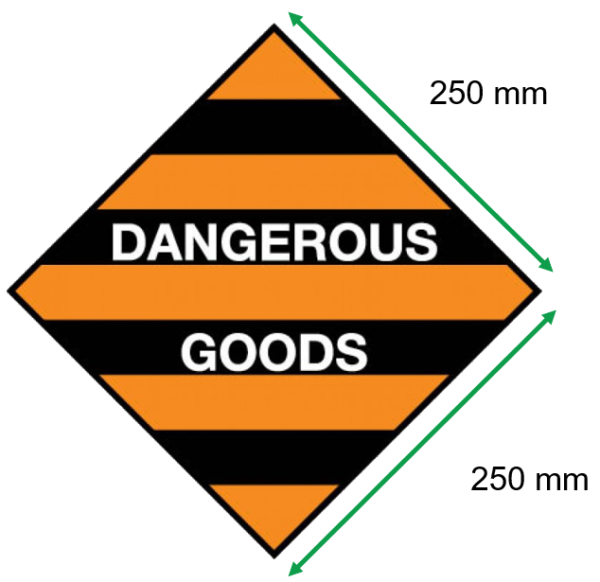
Once dangerous goods have been unloaded from the vehicle or combination, placards or special marks must be removed or completely covered.
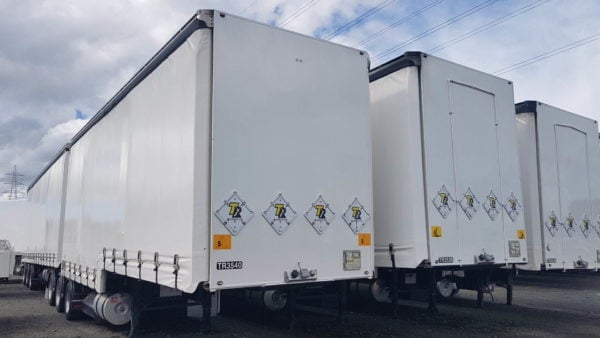
When do you always need to display placards?
Vehicles transporting dangerous goods of the following classes must display class placards identifying the primary risk of the goods, irrespective of the quantities being carried.
- Class 1 explosives except those of 1.4S small packages of explosives
- Class 5.2 organic peroxides except those listed as small packages or DGLQ/con coms;
- Class 6.2 infectious substances except those that are routine diagnostic specimens or low-risk biological products;
- Class 7 radioactive is other than accepted packages of radioactive material transported in accordance with 9.2 of the rule;
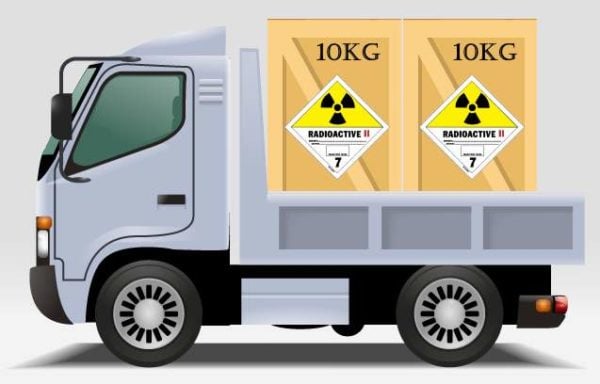
What quantities of DGs mean you need to display placards?
For all other classes, vehicles and containers must display class placards as follows:
if the aggregated quantity of dangerous goods and the packaging is 50 kg or 50 litres or less no placarding is required.
If the aggregated quantity is more than 50 kg or 50 litres, a placard for each primary class must be displayed or, for road vehicles, only the black and orange dangerous goods or hazardous goods placard may be displayed as an alternative. If only one class or division of dangerous goods is transported, and the aggregated quantity exceeds 2500 kg or 2500 litres the appropriate primary class placard must be displayed.
Tank wagons and bulk carriers
Tank wagons and other vehicles designed for transporting bulk quantities of dangerous goods, portable tanks and containers for bulk quantities of dangerous goods must display class placards for both primary and subsidiary risks as well as emergency information panel (HAZCHEM) for all dangerous goods on the load.
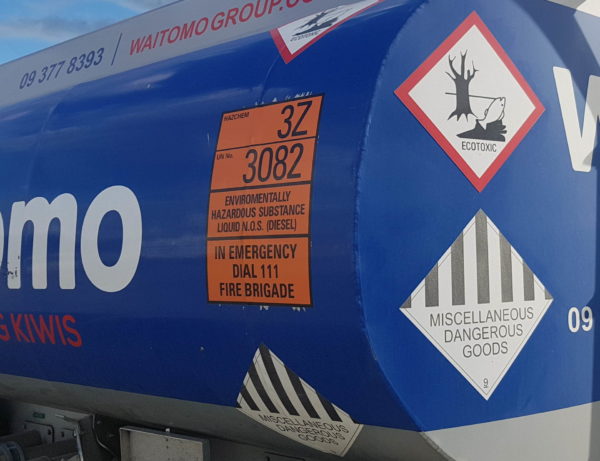
Tank wagons containing flammable substances must display the words NO SMOKING OR NAKED FLAMES WITHIN 8 METRES or similar that are legible from 10 m.
Placards or special marks for tank wagons must display 250 mm placards on the front and 400 mm placards plus emergency information panel on both sides and the rear of the vehicle.
If your vehicle has a placard, does the container need one, too?
Freight containers and portable tanks need appropriate placards on either both sides or both ends except when loaded onto a placarded vehicle. If the placard on the container or portable tank is visible from behind the vehicle does not need placarding.
Flow diagram for placarding
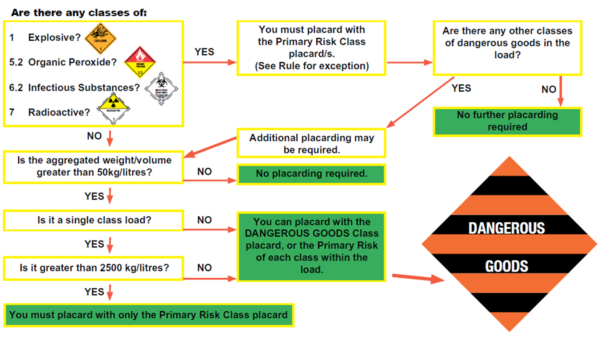
Do you need a D endorsement to be able to placard a vehicle?
As long as you aren’t the person transporting the dangerous goods on a public road, you don’t need a D endorsement. However, you can do a D endorsement course so that you know how to accurately placard the vehicle.

